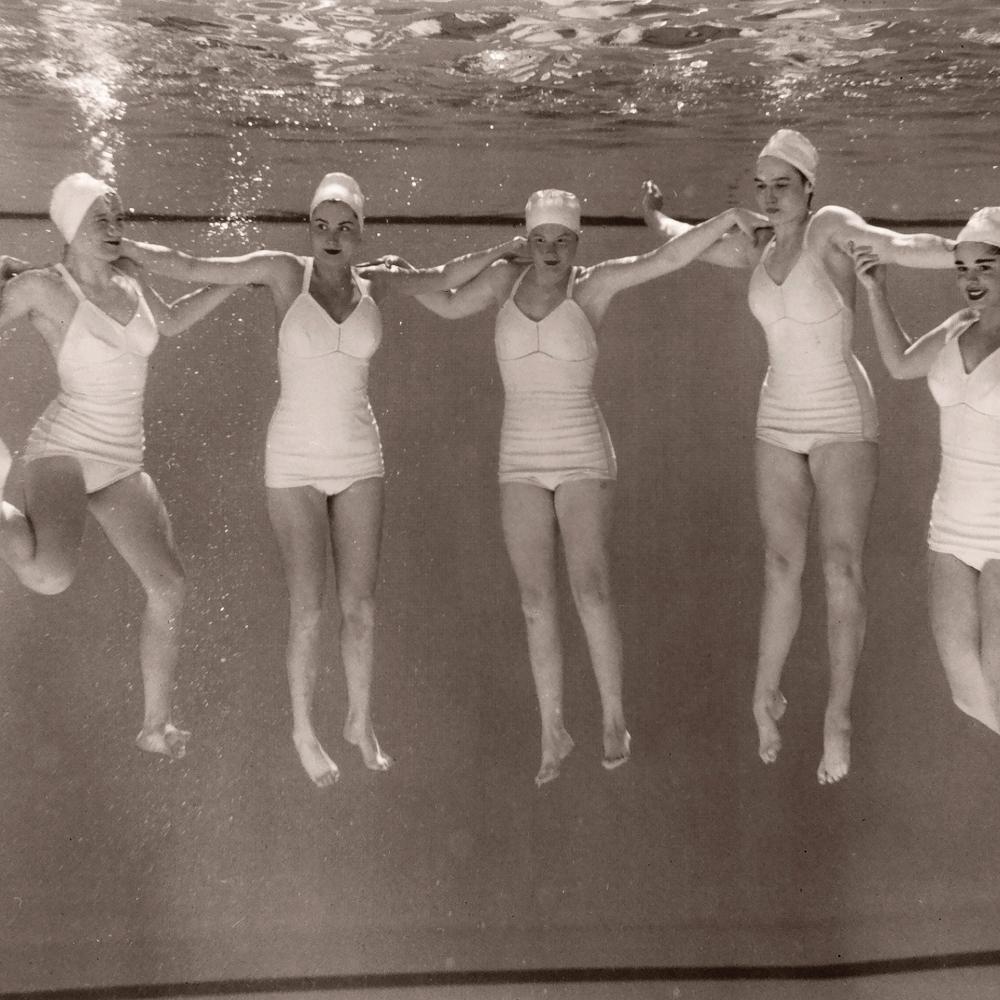A falling droplet rupturing the skin of a glass of milk, a bullet piercing the center of a crisp red apple. These were just two of the subjects that Harold Eugene Edgerton (1903–1990) captured in his photographs.
A professor of electrical engineering at MIT, “Doc” Edgerton, as he was affectionately called by his students, was interested in how photography could be used to capture events that occurred too fast for the human eye to process. In the early 1930s, while still a graduate student, he patented the stroboscope, a pioneering electronic strobe flash. When paired with a high-speed camera, it allowed Edgerton to take still pictures of rapidly moving objects. Thanks to the stroboscope and other devices invented throughout his long career, Edgerton created stunning compositions that appear to slow down or stop time, supercharging early photographic motion studies by figures like Eadweard Muybridge.
In addition to experimenting with speed, Edgerton tested the limits of environment. In the 1950s, he began a long-term collaboration with Jacques Cousteau, helping the famed oceanographer—who referred to Edgerton as “Papa Flash”—photograph the depths of the seas. This whimsical picture from the early 1940s, held by the NEH-supported Spencer Museum of Art at the University of Kansas, is something of a pre-cursor to Edgerton’s more serious studies of aquatic life. Taken from the bottom of a swimming pool during an aquacade at Smith College, the shot reverses the viewer’s traditional perspective on the water ballet. Instead of seeing our marine ballerinas from above the surface, we encounter them between maneuvers, submerged in the water beneath a canopy of bubbles and waves. Gliding upward toward the air, they appear to be weightless—a poetic ode to the pleasures and freedoms of the summer season.


